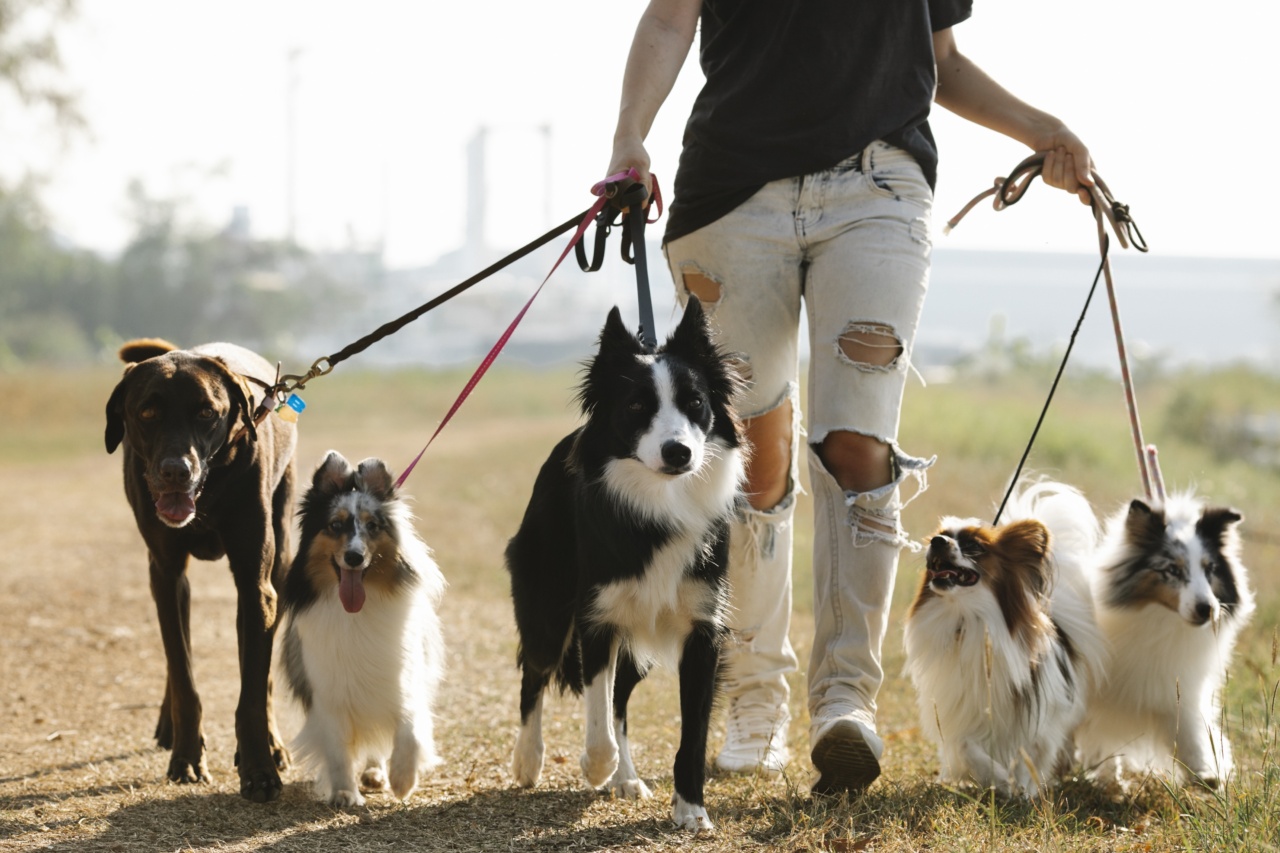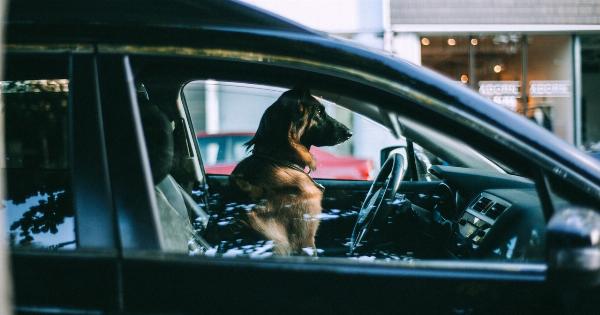Driving with your furry friend can be an enjoyable experience for both of you. However, there may be times when your beloved canine companion refuses to jump into the car and embark on an adventure with you.
It can be frustrating and confusing to understand why your dog suddenly develops a fear or aversion to car rides. In this article, we will explore the many possible reasons why your dog might refuse to join you on a drive.
1. Car Sickness
One of the primary reasons why your dog might avoid car rides is car sickness. Just like humans, dogs can experience motion sickness, which can make car rides uncomfortable and distressing for them.
Symptoms of car sickness in dogs include excessive drooling, vomiting, whining, restlessness, and in some cases, even diarrhea.
2. Previous Traumatic Experience
If your dog has had a previous traumatic experience related to car rides, such as a car accident or prolonged confinement in a vehicle, they may associate cars with fear or distress.
This negative association can make them reluctant to get into a car again, even if the circumstances have changed.
3. Noise Anxiety
Some dogs are particularly sensitive to loud noises and vibrations, which can be commonly experienced during car rides. If your dog suffers from noise anxiety, they may feel overwhelmed and scared in a moving vehicle, leading them to resist car rides.
This fear can be exacerbated by the loud engine sounds, passing traffic, or even the wind blowing through the windows.
4. Lack of Exposure
Dogs are creatures of habit and can become anxious or hesitant when thrown into unfamiliar situations. If your dog has not been exposed to car rides during their early socialization period, they may find it difficult to adapt to the new experience.
Lack of exposure to car travel can make them uncertain and unwilling to embark on a journey with you.
5. Discomfort or Pain
Underlying physical conditions such as arthritis or injuries can cause discomfort or pain when your dog is seated or when the car is in motion.
Dogs may refuse car rides if they associate it with pain or discomfort, as they try to avoid exacerbating their condition.
6. Fear of Separation
Dogs are highly social animals, and they form strong bonds with their human companions. If your dog experiences separation anxiety when separated from you, getting into a car may trigger their fear of being left alone.
The prospect of being separated from their beloved owner during a car ride can be a major source of stress and anxiety for dogs with separation anxiety.
7. Unpleasant Associations
Previous negative experiences associated with car rides, even if unrelated to the car ride itself, can lead to a refusal to join you in the car.
For example, if your dog has only been to the veterinarian in a car and associates car rides with medical examinations or vaccinations, they may resist entering a vehicle, fearing a similar experience.
8. Motion Sensitivity
Some dogs have a heightened sensitivity to motion, which can make car rides unsettling for them. Similar to car sickness, these dogs may experience discomfort or even dizziness when the car is in motion, leading them to avoid car rides altogether.
9. Lack of Training
A well-trained dog is more likely to be comfortable with car rides than an untrained one.
If your dog has never been properly introduced or trained to get in and out of cars, they may not understand what is expected of them or how to behave during a journey. This lack of training can create uncertainty and reluctance in dogs when it comes to car rides.
10. Age-related Factors
Age can also play a role in your dog’s willingness to join you on car rides. Puppies or older dogs may have less confidence in new experiences or may struggle with physical limitations that make car rides uncomfortable.
Puppy’s first car ride experience should be positive and gentle to avoid developing fear or aversion to car travel.






























